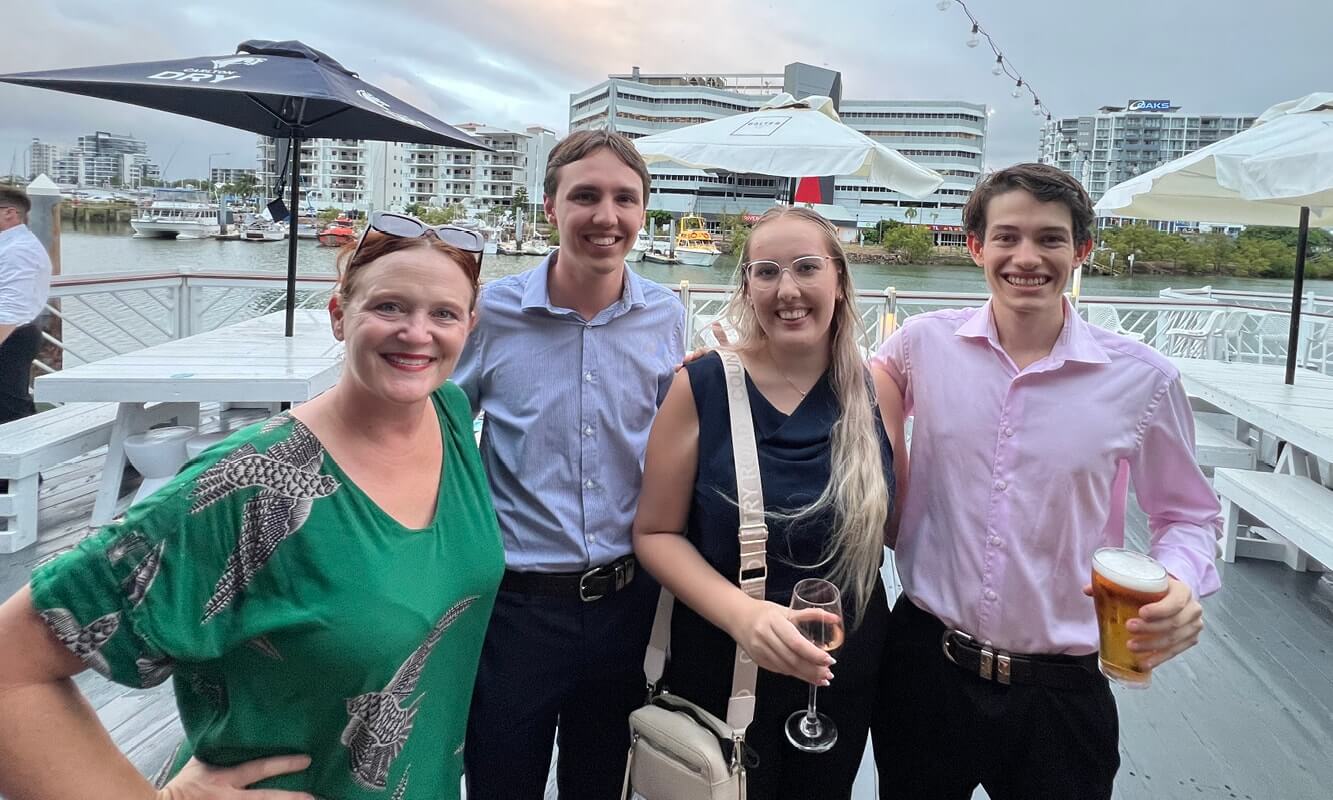Last year saw a significant shift in the law governing the rights of a patentee upon the sale of a patented product.
Under s13(1) of the Patents Act 1990 (Cth) (Patents Act), a patent gives the patentee the exclusive rights to exploit its invention. This includes the rights to make, hire, sell or otherwise dispose of the product, as well as the right to use it.
Late last year the case of Calidad Pty Ltd v Seiko Epson Corporation [2020] HCA 41 required the High Court of Australia to consider the scope of these statutory rights, and whether modifications made to a product to enable its re-use amounted to a making of a new product (and therefore an infringement of the patentee’s rights).
In a highly anticipated judgment handed down in November 2020, the High Court followed in the footsteps of the United States and much of Europe, overturning the Australian position as it had stood for over a century.
The parties
This case concerned patentee rights in printer ink cartridges and arrangements between three companies.
Seiko Epson Corporation (Seiko) manufactures and distributes printer ink cartridges (Epson cartridges), and is the patentee of two patents claiming inventions embodied by these cartridges.
Ninestar Image (Malaysia) SDN BHD (Ninestar) acquires empty Epson cartridges and modifies them in a variety of ways (including by drilling a small hole in the cartridges and replacing certain parts) so that they can be refilled, resealed and re-used.
Calidad Pty Ltd (Calidad) then acquires the modified Epson cartridges and sells them to the Australian public.
Against this background, Seiko commenced proceedings against Calidad for infringing its patentee rights in the original Epson cartridges.
Decision of the Federal Court
At first instance, Justice Burley of the Federal Court found in favour of Seiko. His Honour relied on the Privy Council decision of National Phonograph Company of Australia Limited v Menck (1908) 7 CLR 481 which established that the purchaser of patented goods obtains an implied licence to exploit the relevant patent to the extent necessary to use the goods.
Following this implied licence doctrine, his Honour found that, in five of nine different categories of cartridges, the scope of the modifications extinguished any implied licence, such that Calidad had infringed Seiko’s rights as patentee.
Decision of the Full Court of the Federal Court
On appeal to the Full Court, Justices Greenwood, Jagot and Yates ruled in favour of Seiko, in respect of all nine different categories of cartridges.
The court’s reasoning differed to that of Justice Burley’s: It decided that Calidad’s modifications fell outside the scope of its licence to exploit Seiko’s patent, as opposed to terminating it. However, their Honours still applied the implied licence doctrine that Justice Burley adopted, albeit more strictly.
In particular, their Honours placed weight on the nature of the print cartridges sold, and the fact that it was never contemplated by Seiko (or any purchaser) that the print cartridges would be the subject of the type of modifications undertaken by Ninestar.
Decision of the High Court
Calidad’s appeal brought two questions before the High Court:
- Whether a patentee’s rights with respect to the sale and use of a particular product should be regarded as exhausted when that product is sold (doctrine of exhaustion) or whether they continue subject to a licence granted to the purchaser (implied licence doctrine), and
- Whether modifications made to a product to enable its re-use amount to a making of a new product and therefore infringe patent rights.
In other words, the court had to decide first which of the two doctrines should apply in Australian law. Then the court had to decide exactly when the patentee’s right to make the patented product (which persists irrespective of which doctrine applies) is infringed by a third party’s modification of the product.
Question 1
On the first question, by a 4:3 majority, the court endorsed the doctrine of exhaustion.
Specifically, it decided that “the rule, that a patentee’s rights with respect to a particular product are exhausted once that product is sold without conditions as to use, should be accepted”. This means that purchasers of patented products can now do much to improve or prolong the life of the product, without being exposed to liability for patent infringement, provided they do not “make” a new product.
The adoption of the doctrine of exhaustion by the court marks a significant shift in the Australian law. The majority considered the reasons for departing from the earlier implied licence doctrine at length. Key reasons include consistency with the objectives of the Patents Act, logical consistency and simplicity. In particular, the majority thought that the implied licence doctrine, which is more than a century old, is inconsistent with the certainty demanded by trade, commerce and consumer expectations.
Question 2
On the second question, the court held that modifications may only amount to a making of a new product (which is an infringement of patent rights) if the modifications relate to features claimed in the patent.
Importantly, the doctrine of exhaustion does not affect a patentee’s exclusive rights to make new patented products. As such, the difference between repairing and making remains highly relevant.
Where extensive repurposing or repair of a patented product occurs post-sale, there may still be a question of whether there has been “re-making” and therefore patent infringement. The court in this case had to decide whether the modifications by Ninestar to the Epson cartridges constituted the making of new cartridges or merely the repair or modification of the existing ones.
Here, the court found (by 4:3 majority) that the activity of Ninestar did not amount to a making of any new product because there was no true manufacture or construction of a cartridge which embodied the features of the patent claim.
In other words, the modification process (including of drilling holes into the Epson cartridges to enable them to be refilled) did not cause the cartridges to cease to exist such that they were “made anew” once resealed.
The court adopted a narrower construction of what constitutes a “making” than that adopted by the Full Court of the Federal Court, finding that anything falling short of the making of a new article would not meet the definition. The court also clarified that the concept of “making” needs to be assessed “by reference to what the patentee had claimed”, and not other (unclaimed) product features.
Implications for patentees
The High Court’s decision has a number of implications for patentees.
The decision will likely affect patentees of all industries wishing to restrict the use of their products after sale. Not only can purchasers of patented products now make considerable modifications to those products, but they can completely replace any parts of the larger product that are unpatented, should they be able to obtain them.
It is likely that original equipment manufacturers (OEMs) will be particularly affected by this change to the law because they often face competition from third parties for post-sale activity such as servicing and repairs.
On the other hand, the High Court’s decision affords greater scope, and certainty, to third parties in respect of their rights to exploit patented products after purchasing them.
At present, the “right to repair” consumer products is an issue that the Australian Productivity Commission is exploring. The commission’s issues paper – ‘Right to Repair’ – delivered in December 2020 reveals a concerted effort by the Federal Government to address “concerns … that repairs of consumer products are becoming more difficult (sometimes impossible), and that this is resulting in costly and wasteful outcomes for both consumers and broader society” and the potential necessity to introduce laws enabling consumers to “have their products repaired at a competitive price by the repairer of their choice”. While unrelated, the High Court’s reasoning clearly sits compatibly with the Federal Government’s recognition of the importance of waste reduction and innovation that maximises the use of resources, at least in respect to consumer products.
In response to this policy shift, patentees will likely turn to contract in order to restrict the use of their products after sale to third parties. The High Court itself noted in its decision that the scenario to which the question of which doctrine to apply is one wherein a patented product is sold “without conditions as to use”. This apparently makes allowances for such conditions to be imposed, and relied upon, by patentees.
Terms negotiated for this purpose should be drafted clearly and should generally also require a purchaser of a patented product to pass down the relevant restrictions to any future purchasers. This is critical because, from now on, if a patented product is sold to a party not bound by such an obligation, the original patentee is afforded no protection by the Patents Act (beyond the prohibition on the making of new patented products).
Importantly, any conditions of this sort so imposed will be subject to laws concerning anti-competitive conduct, consumer protection and s144 of the Patents Act. This is something to watch particularly closely at the moment given that, as discussed above, the Australian Productivity Commission is considering whether the Australian Consumer Law sufficiently safeguards consumers or whether stronger protection is required in respect of the “right to repair”.
The Productivity Commission’s final report is due in October. Depending on what, if any, changes are made to the Australian Consumer Law, efforts by patentees to use contractual terms control the activity of purchasers may be threatened.
Patentees may also start exploring alternative means of reasserting control over their products. For one thing, there may be a rise in patent applications in respect of certain previously unpatented component parts that are likely to need replacing before the patented product itself.
Further, it may be that patentees actually start exploring alternative arrangements such as leases and licences in order to supply their products to consumers, rather than passing title via sale, to potentially avoid the application of the doctrine of exhaustion altogether. The implications of the doctrine of exhaustion for method or process claims is also yet to be explored.
Fortunately, the alignment of the Australian position with that of the United States and parts of Europe means that Australian lawyers can look to what has happened and is happening in those jurisdictions for guidance.
This article appears courtesy of the Queensland Law Society Technology and Intellectual Property Committee. Ben Coogan is a Partner at Thomson Geer and the Deputy Chair of committee. The author gratefully acknowledges the editing of Peter Creighton-Selvay, who appeared as Counsel for the appellants in the High Court of Australia.














Share this article